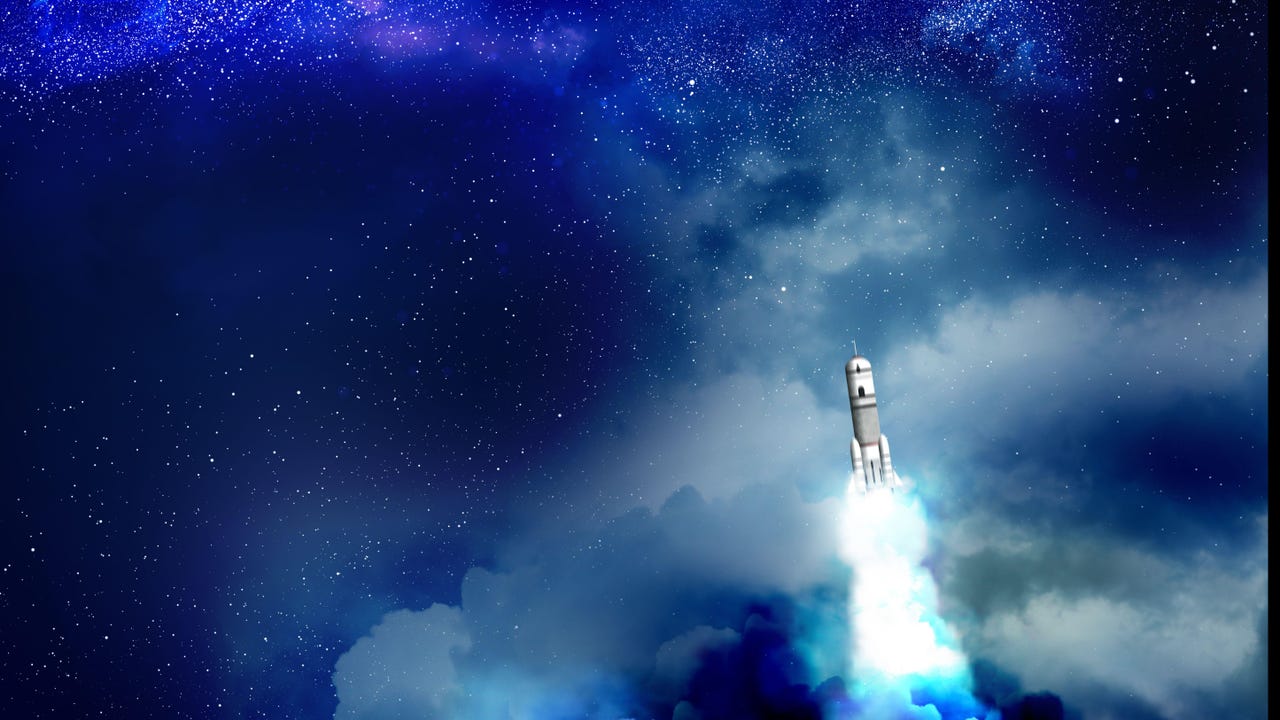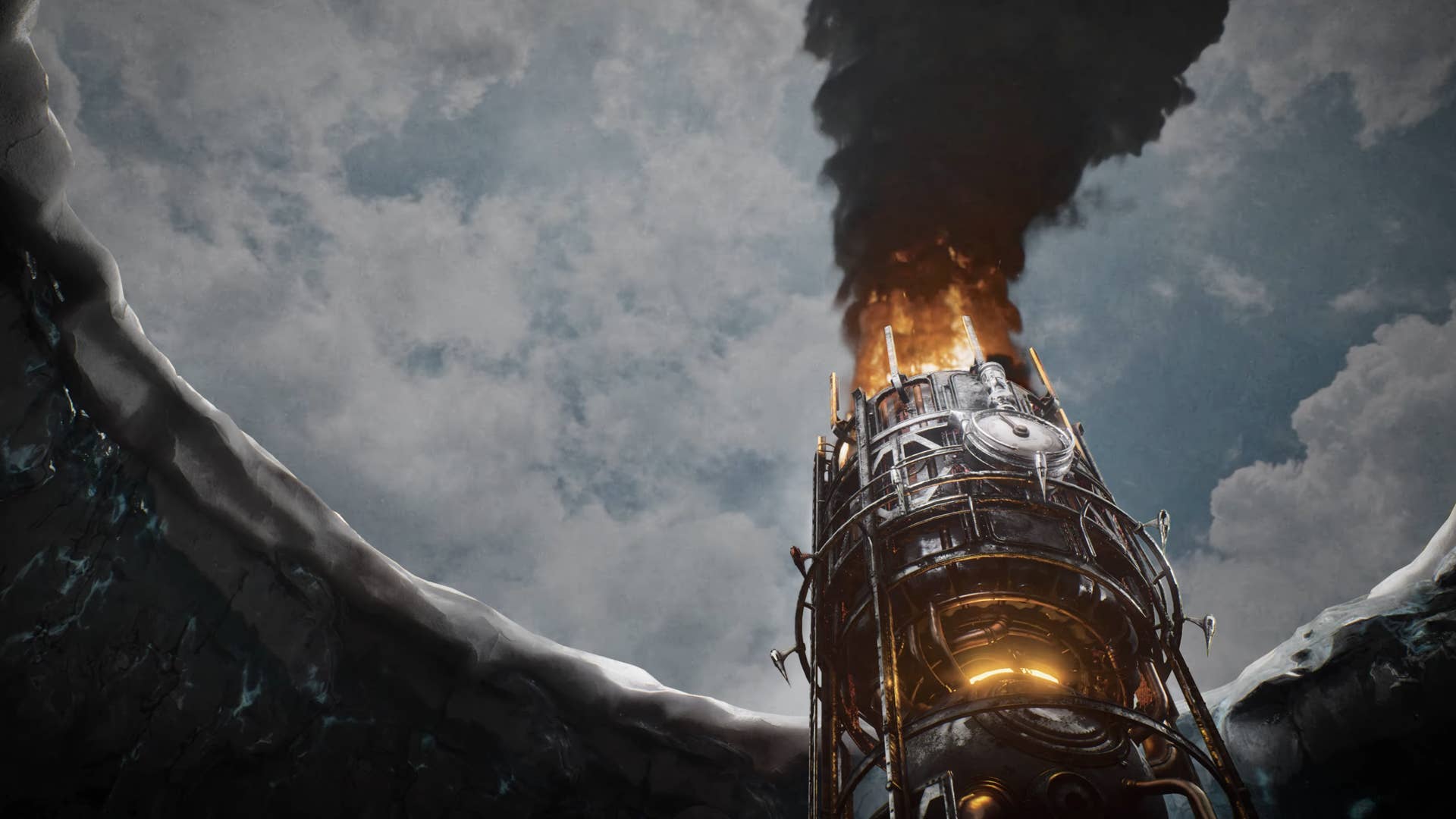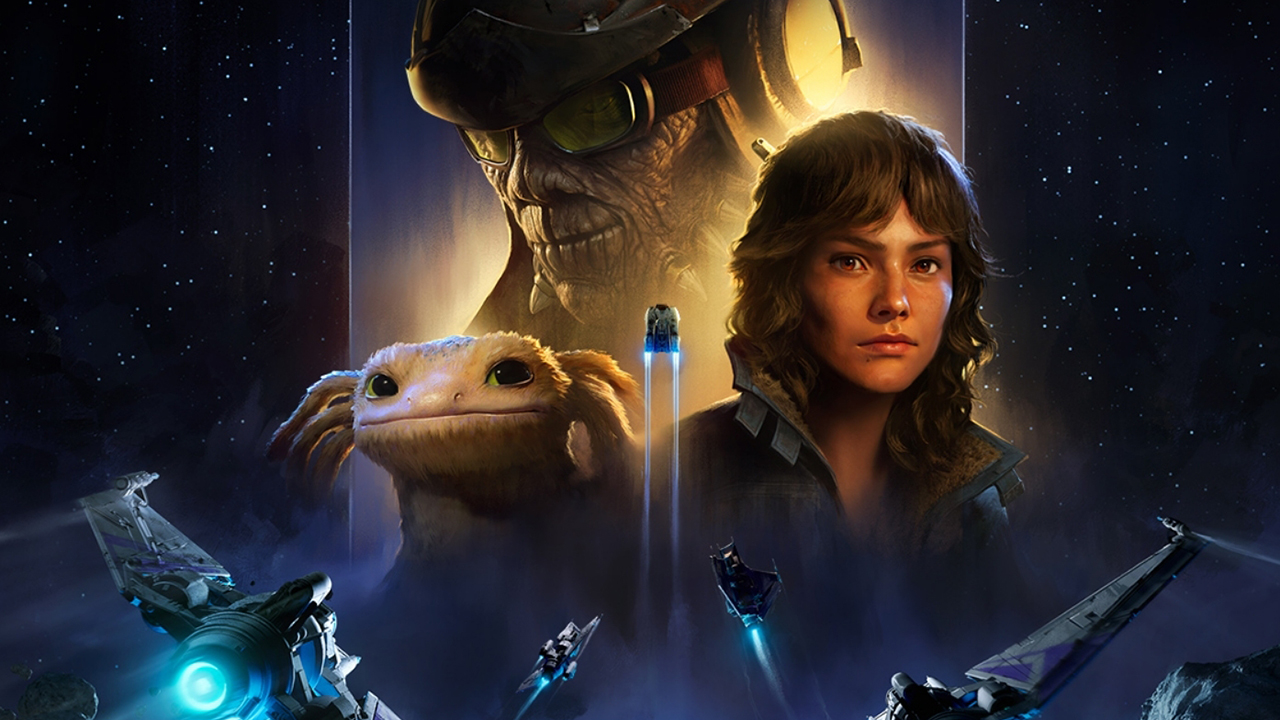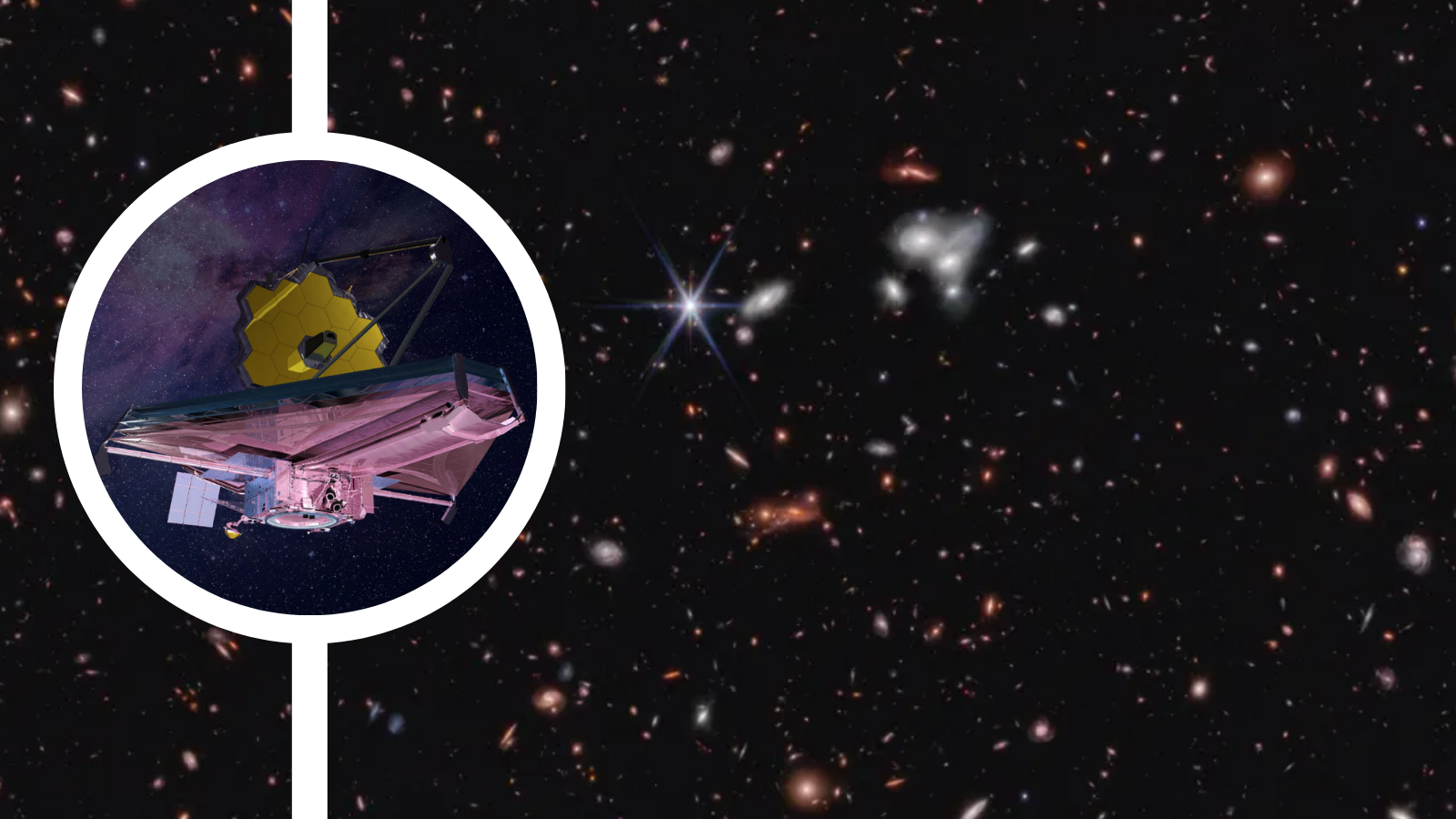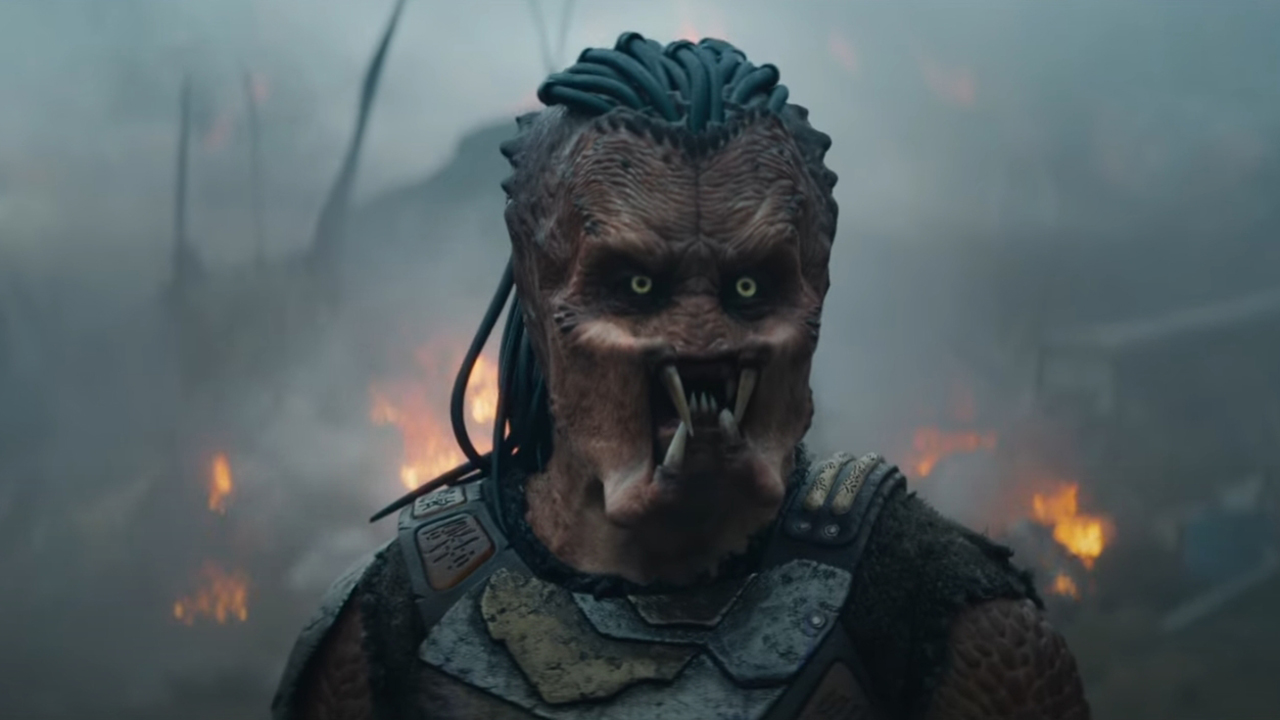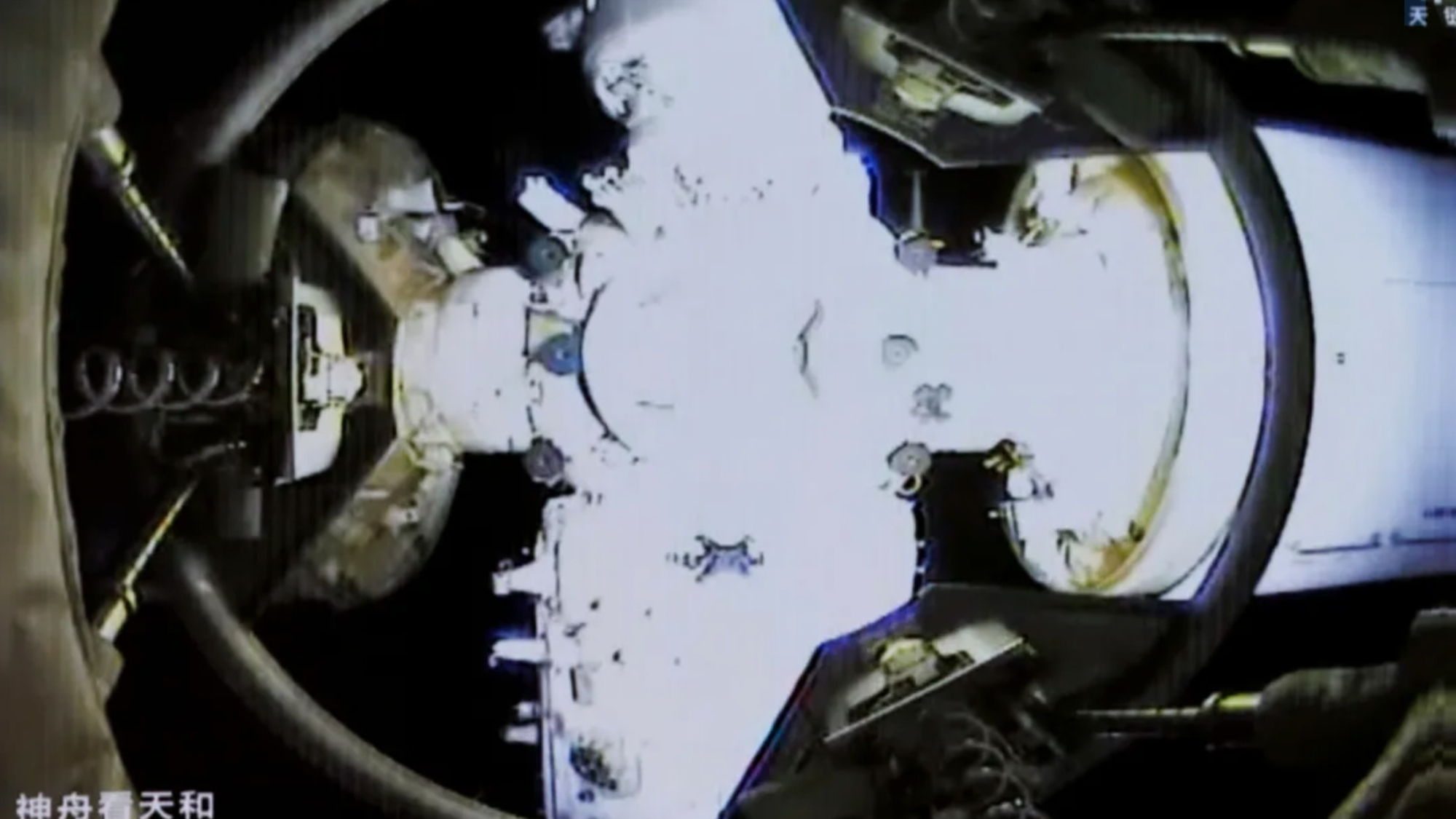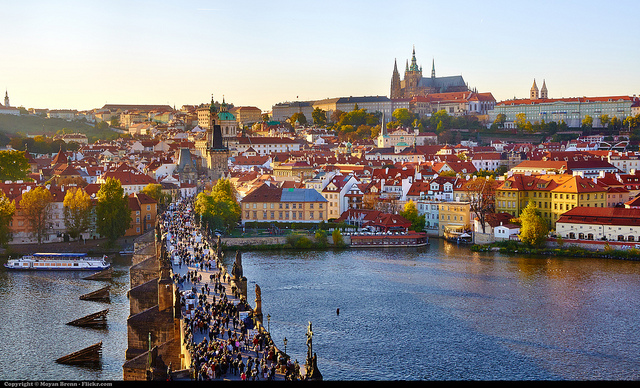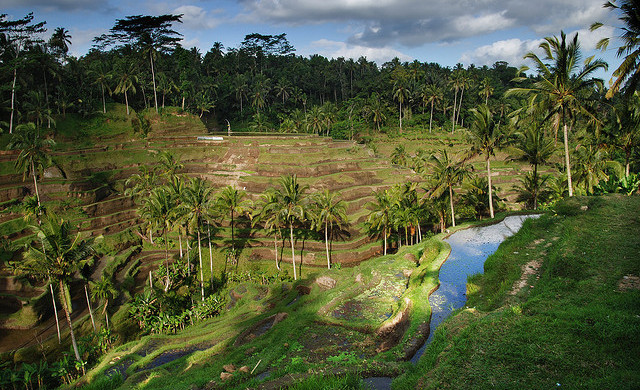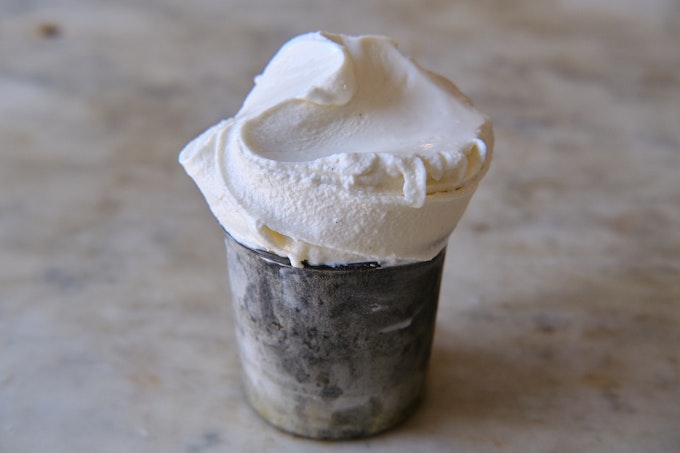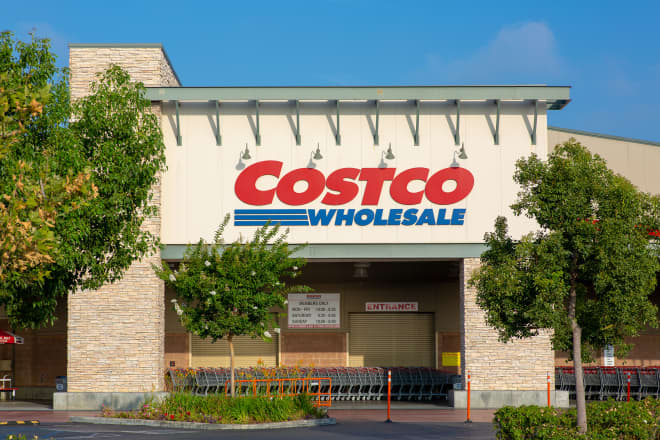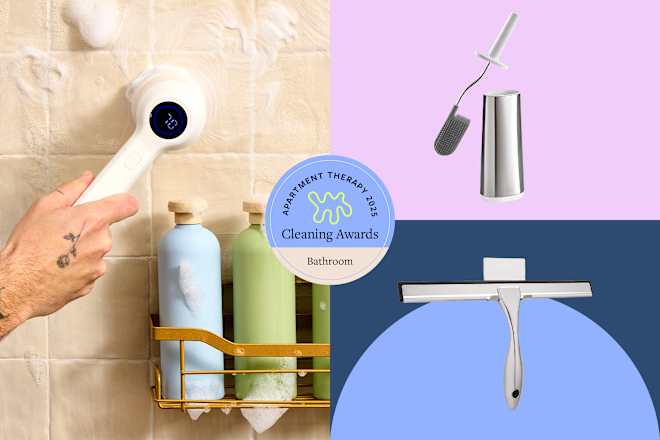Elon Musk says 10 to 20 Tesla Model Ys in Austin will offer paid robotaxi rides in June but gives few details: ‘You can just see for yourself in two months’
The Tesla robotaxi service, as stated, would be a significant leap in capability from what is currently available.

Elon Musk vowed that Tesla’s transformation into a robotaxi service is on track and moving full speed ahead for its debut in Austin two months from now, even as the embattled CEO sidestepped some of the key questions about how the automaker will pull off such a feat.
Musk said that Tesla would begin selling paid rides to customers in fully autonomous Model Y vehicles in June, beginning with 10 to 20 cars in circulation on “day one” and expanding rapidly after that. By the second half of next year, the robotaxi business will be in multiple U.S. cities and contribute meaningfully to Tesla’s financial results, Musk said, speaking to investors on Tesla’s first-quarter earnings call Tuesday.
While many analysts and industry observers have expressed skepticism that Tesla’s robotaxi service could be ready so soon, Musk underscored the June timeline and asserted that, after Tesla irons out any kinks, the company will be able to rapidly scale into other cities by the second half of next year.
“Once we can make it work in a few cities in America, we can make it work anywhere in America,” Musk said. By the second half of 2026, he added, the robotaxi business will “move the financial needle a significant way.”
Tesla’s decision to stick with its aggressive June deadline surprised some analysts, who seemed skeptical the launch would happen this quarter. “We feared that Tesla may gingerly walk away from its June commitments,” Piper Sandler senior research analyst Alexander Potter wrote in a research note that went out shortly after the call.
Shares of Tesla jumped as much as 5% in after-hours trading, though many investors may have been cheering the fact that Musk announced on the call that he would return his attention to Tesla and reduce his time working with the Trump administration’s controversial Department of Government Efficiency.
Still, the Austin robotaxi launch is an important one as Tesla reports disappointing financials. Tesla’s automotive revenue fell 20% year over year in the first three months of 2025, with Musk’s involvement in the Trump administration and concerns over tariffs weighing on the stock. Tesla’s net income in Q1 fell nearly 40% to $409 million—nearly $200 million less than Wall Street had forecasted.
A big leap from Level 2 autonomy
With the core business struggling, Musk has repeatedly used recent earnings calls to drive attention toward its autonomous driving plans and the company’s forthcoming humanoid robot. “The future of the company is fundamentally based on large-scale autonomous cars and large volume, vast numbers of autonomous humanoid robots,” Musk said on Tuesday’s call, noting later that “the reality is that in the future most people are not going to buy cars.”
But the robotaxi service, as stated, would be a significant leap in capability from the limited self-driving capabilities currently available in Tesla cars—and Musk and the other Tesla executives on the call provided few details about how it would bridge the gap.
While Waymo, the self-driving car company owned by Alphabet, is currently offering paid rides in cars with no human drivers in several U.S. cities, Tesla’s self-driving technology is nowhere near that level of sophistication. Tesla’s presently available self-driving features are what’s called “Level 2” autonomy, meaning that there is a person in the driver’s seat who is supposed to be paying full attention to the road at all times.
Musk, who has insisted since January that the Tesla robotaxi service will not have safety drivers, implies a leap to Level 4 autonomy, where the vehicle is in full control and a human is not needed for operation. That suggests that Tesla currently has unreleased software capable of Level 4 autonomy that will be rolled out to the fleet of Austin robotaxis, though Musk gave few details. (He did note, at one point, that by the end of the year, Tesla car owners with its latest software in several U.S. cities would be able to fall asleep at the wheel and wake up at their destination.)
According to Musk, the first robotaxis in service will be Model Y Tesla vehicles, not the purpose-built Cybercabs that Musk showed off at a press event last year. The Model Y robotaxis will have built-in audio sensing capabilities, allowing the robotaxis to hear sirens and other sounds, Musk noted. Tesla’s CFO specified on the call that the Tesla robotaxi service will—like Waymo and, before it was shut down, Cruise—have what’s called a “remote support” team, which is a crew of agents who help the car get “unstuck” if it is blocking traffic or unsure how to move.
While Tesla’s timeline to launch the robotaxi service has excited investors, it’s instilled worry in some critics—particularly because of dozens of fatalities that have occurred since Tesla started rolling out autonomous features with Autopilot, and later Full Self-Driving, or FSD. There are now website trackers monitoring accidents, and a series of lawsuits have been filed against the company over the years, alleging that Tesla’s self-driving is unsafe and that the company has misled customers about its self-driving technology.
In response to a question on the call about risks to launching the service, Tesla CFO Vaibhav Taneja said that there are “a lot of edge cases that only happen very, very rarely.” He said that Tesla has been building out “sophisticated simulations,” including neural-network-based video generation that’s all happening in the background to ensure that the company delivers a safe product.
After several questions about the robotaxi launch on the call, Musk started to insist people just try it themselves. “It’s only a couple months away so you can just see for yourself in two months in Austin,” Musk said.
This story was originally featured on Fortune.com
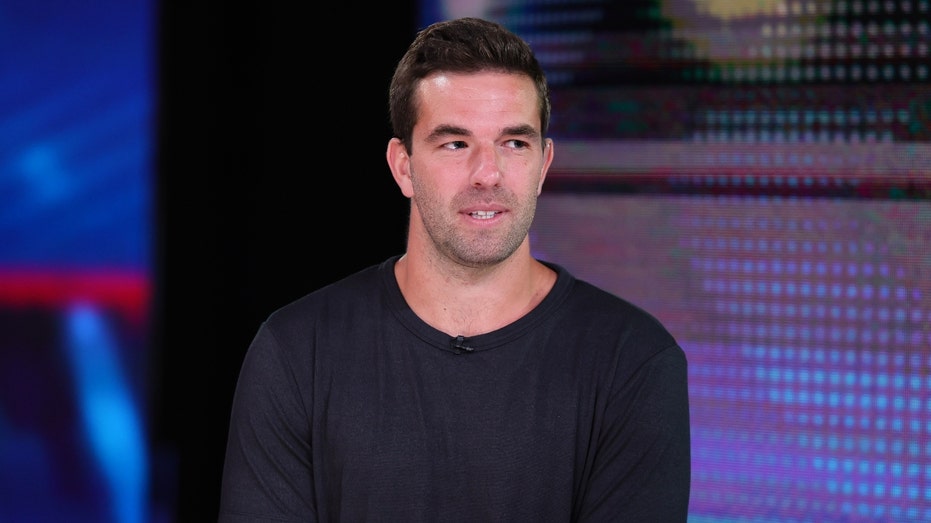
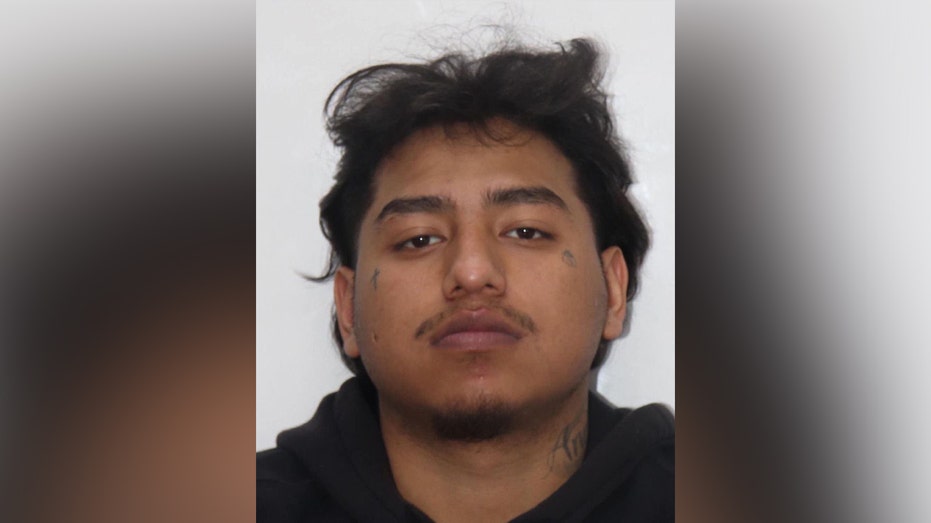

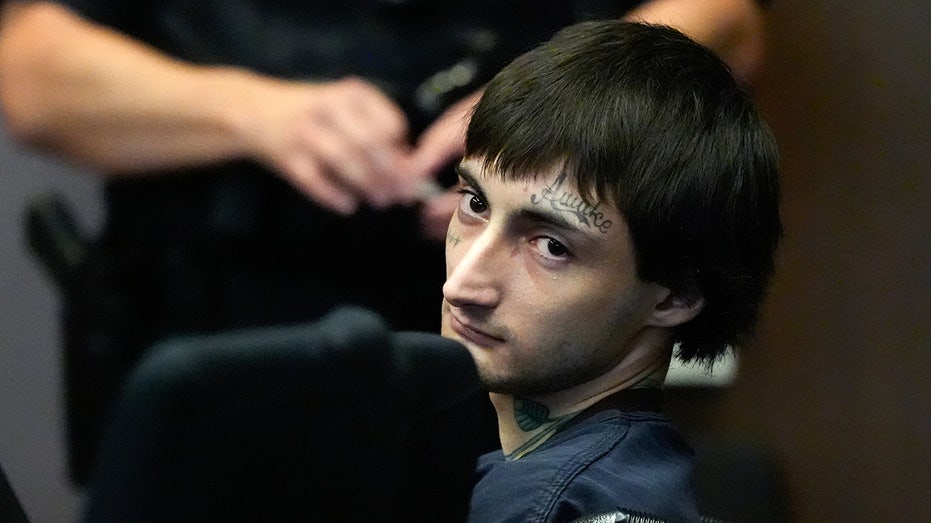













_NicoElNino_Alamy.png?width=1280&auto=webp&quality=80&disable=upscale#)
